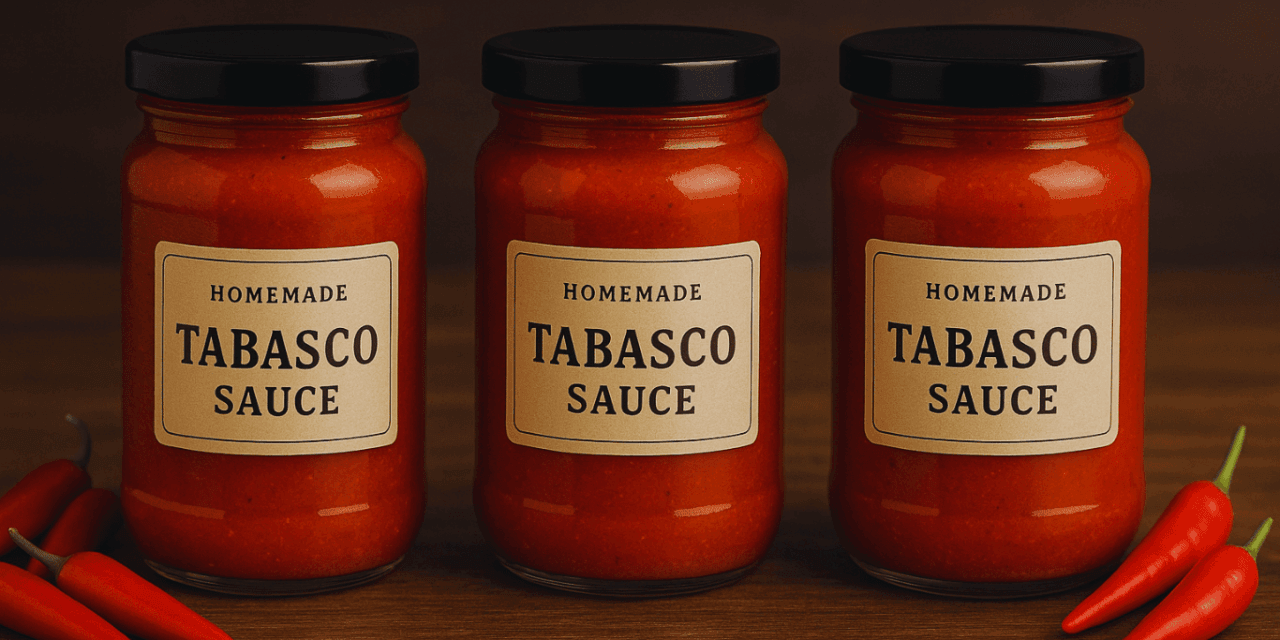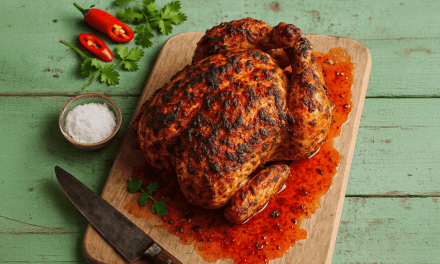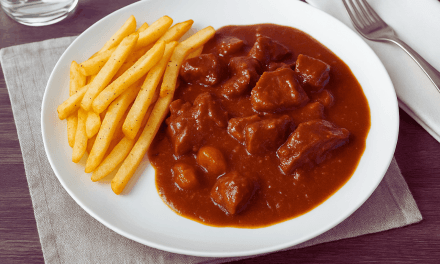Making your own Tabasco sauce at home is a rewarding and surprisingly easy process. This recipe uses fermentation to develop a deep, complex flavor that is far beyond what you’ll find in a store-bought bottle.
Ingredients
-
5 ounces fresh Tabasco peppers (or other peppers, but it won’t be authentic Tabasco sauce)
-
2 cups unchlorinated or distilled water
-
1 tablespoon non-iodized salt (pickling, Himalayan sea salt, or kosher salt)
-
1 cup white wine vinegar
-
1/4 teaspoon salt, or to taste (for finishing)
Equipment
-
Food processor or knife
-
Clean fermentation jar (a half-quart jar is ideal)
-
A weight to keep peppers submerged (a glass disc works well)
-
Fermentation lid with an airlock or a regular lid you can “burp”
-
Strainer
-
Blender or food processor (for final processing)
-
Bottles for the finished hot sauce
-
Optional: pH meter
Instructions
-
Prepare the Peppers: Roughly chop the Tabasco peppers. You do not need to remove the seeds. Place the chopped peppers into your clean fermentation jar.
-
Make the Brine: In a separate bowl, stir the 1 tablespoon of non-iodized salt into the 2 cups of unchlorinated water until the salt is fully dissolved.
-
Combine and Ferment: Pour the brine over the peppers, ensuring they are completely submerged. Leave some headspace at the top of the jar. Use a weight to keep the peppers below the surface of the brine. Secure the fermentation lid or a regular lid, remembering to “burp” it daily to release gases. Let the mixture ferment in a dark place at a temperature of 55-75°F for at least one week, with two weeks being ideal.
-
Process the Fermented Peppers: After fermentation, the brine will appear cloudy and have an acidic, sour smell. Remove the lid and weight. Strain the peppers, making sure to reserve the brine. Transfer the strained peppers to a blender or food processor.
-
Create the Sauce Base: To the peppers, add the 1 cup of white wine vinegar and 1/4 teaspoon of salt. Process the mixture until it becomes a smooth consistency.
-
Adjust and Strain: Strain the processed sauce to remove the pulp and seeds. You can adjust the consistency with a little bit of the reserved brine or more vinegar if desired. You can also add more salt to taste.
-
Bottle and Store: Pour your finished Tabasco sauce into clean bottles. The sauce is shelf-stable, but it is best to refrigerate it to slow down any further fermentation.















